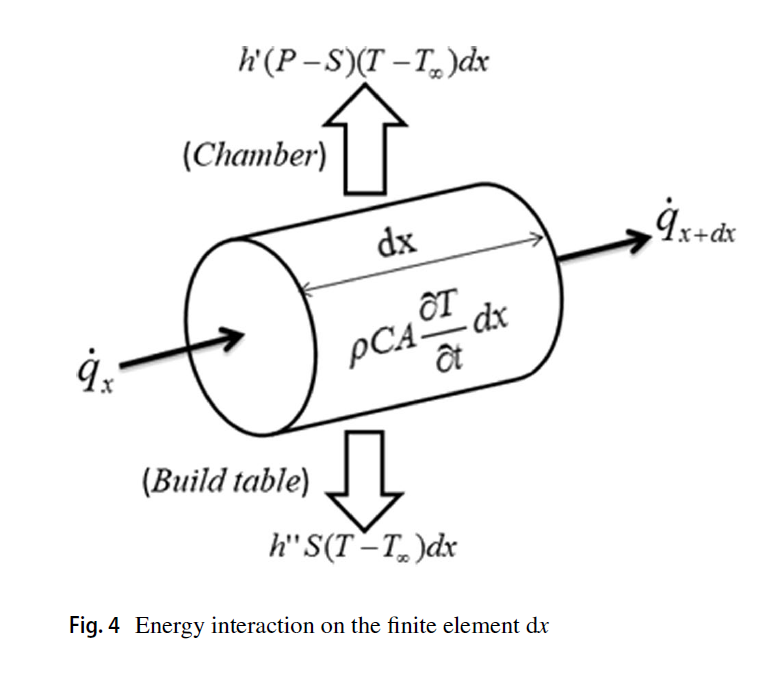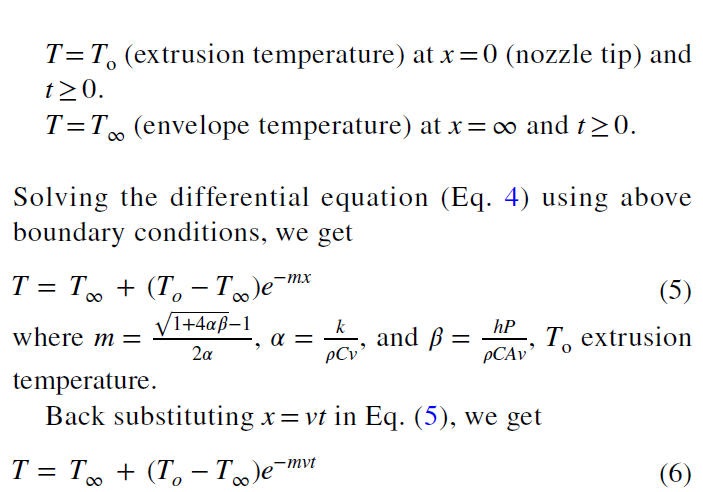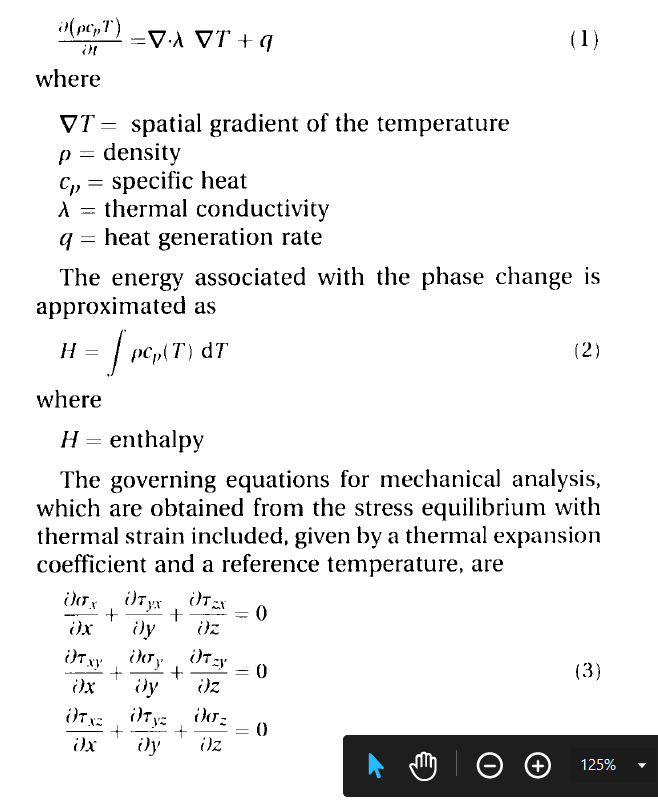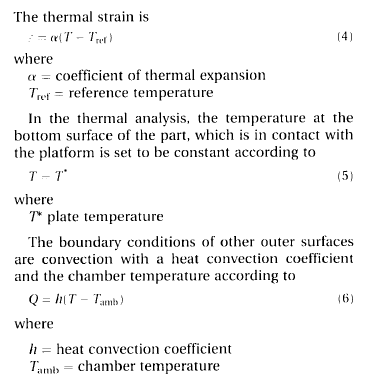-
-
October 23, 2023 at 1:11 pm
Keval Shah
SubscriberHey,
I'm trying to model the Fused deposition modelling process. For that, I have created a CAD model that emulates the sliced part, constructed with cylindrical filaments of diameter equal to layer height. I want to determine the residual stresses and the consequent structural displacements using a coupled thermal-structural physics module. Based on the research articles i have referred to, i have to discretise the geometry into smaller chunks to capture the heat transfer from the deposited filament to its surroundings and the bond formation (Please refer to the image attached below). FDM process could be simulated by activating one such element at a time, perform the transient thermal analysis, and continuing to activate along the path of deposition. My query is two-pronged. 1) How to discretise in the manner shown in the picture, other than in 3D modelling software, to control the length dx. This is to determine the time step for analysis based on the scanning speed of the nozzle. Do I have to set the mesh element size equal to the element size i desire or is there any other way? 2) The research articles that i have referred to have used three-dimensional thermal diffusion as the governing equation for heat transfer (refer to the picture attached). In some, the temperature distribution is assumed to be uniform and the problem is converted to one-dimension (refer to the picture below). For the one-dimension simplification, the solution of a differential equation is obtained and temperature at the interface is described. I want to know how to achieve one-dimensionality and the incorporation of the temperature evolution equation in my transient thermal analysis. Alternatively, how to incorporate the three-dimensional heat transfer equation along with the governing equations. Please describe the whole integrated workbench and apdl setup as I am a relatively beginner.
P.S. for the 1D solution, if i have to use a specific element type or restrict the degrees of freedom of the chosen element type, please advise. Also advise if using fluent would be more suitable for the particular problem.




-
October 24, 2023 at 3:21 pm
dlooman
Ansys EmployeeMost Ansys products use the Finite Element Method, so you will definitely need to discretize (mesh) the geometry. Selecting the element type is automated in Ansys Mechanical so you won't need to worry about that. You also need to have separate geometry for each step of the analysis so that you can introduce parts of the model incrementally with the element birth and death feature. Search on Element Birth and Death in the Mechanical help for how to use this feature. Search the internet for Ansys Element Birth and Death for examples.
-
October 28, 2023 at 9:10 am
Keval Shah
SubscriberThanks for your reply. Could you also advise, how shall i add the heat transfer equation as described in the above pictures and the associated boundary conditions? They are all partial differential equations for three-dimension heat transfer. Otherwise there is one where they have solved the equation but assumed uniform temperature distribution across the cross-section. That one is: T= Tinf + (T0- Tinf)*e^-mvt. I just want to know how to integrate the temperature evolution in the ansys (mechanical or apdl)
-
-
- The topic ‘Transient thermal analysis using differential governing equation’ is closed to new replies.



-
3862
-
1414
-
1236
-
1118
-
1015

© 2025 Copyright ANSYS, Inc. All rights reserved.







